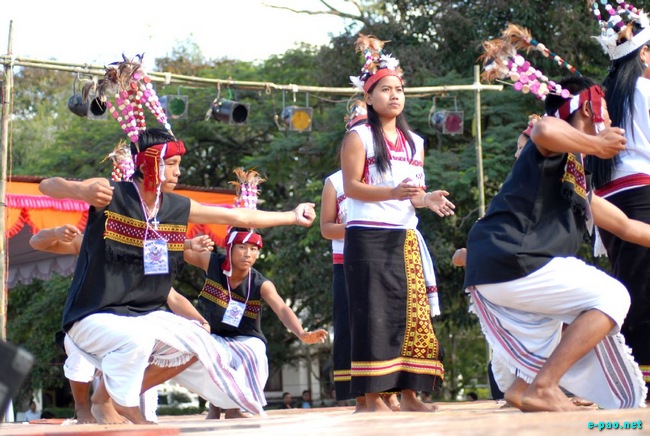
India is primarily an agricultural economy and this beautifully translates into several agricultural related festivals across the country. Most important among these festivities are the festivals of harvest which have different names in different languages and are celebrated in different forms.
In Punjab, the harvest festival is popular known as ‘Baisakhi’ and is celebrated with much gaiety, dance and music. Magh Bihu in Assam and Pongal in South India are other harvest festivals celebrated with much vigour and enthusiasm. In the Northeastern state of Manipur, different tribes of Kuki-Chin-Mizo in the state celebrate this occasion as “KUT”.
Festivals have from time immemorial been part our culture and are a symbol of our social and religious aspirations. KUT is a post harvest thanksgiving ceremony that has been observed by the Kuki-Chin-Mizo groups to mark a year of hard toil. It is a ritual to thank God for the abundant harvest and blessings throughout the year of harvest. Celebrated every year on November 1, KUT has today become a big event with young and old alike and has seen a transition from old traditional ways of celebration to addition of modern elements in the celebration.
Traditionally, KUT is marked with the village chief initiating the magnification of year-end collection of the fruits of the year long labour. Villagers will contribute to the celebration and the priest (Thempu) will chant to invoke the Supreme God – ‘Chung Pathen’ for his blessings upon the villagers and for all humankind. The Thempu also chants for all kinds of proficiency for the villagers.
One interesting feature about KUT is that it is considered a happy day by those in debts or by those debtors to the village or to any individuals, as on this day their burdens of debts are lifted up and pardoned. Also, all kinds of unsettled cases like fights, disputes and the likes are settled for peace.
Remarkable members of the village council are honoured while those who lag behind in keeping their duties are dropped out of the council. A sound practice of competency and honest governance is portrayed during this festive occasion. Adding more to their legacy is the group discussion and planning session for programmes, policies and plans concerning the village, including agriculture, water, forestry, health and customs.
In today’s modern world, the festival has however seen lots of changes and addition of several new practices. The cultural dance and music are followed by modern music performance and fashion parade. One very sought after entertaining element is the beauty pageant competition that crowns Miss KUT of the year. Beautiful young ladies from all walks of life compete to win the most coveted crown and wear the pride of being the beauty ambassador of the community. Music lovers always get a piece of exotic numbers and best of the extravaganza every year during KUT.
Image courtesy e-pao.net
